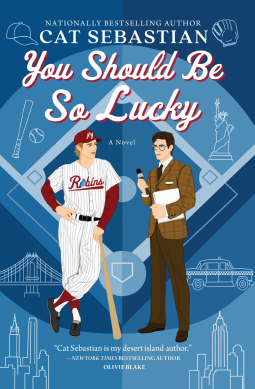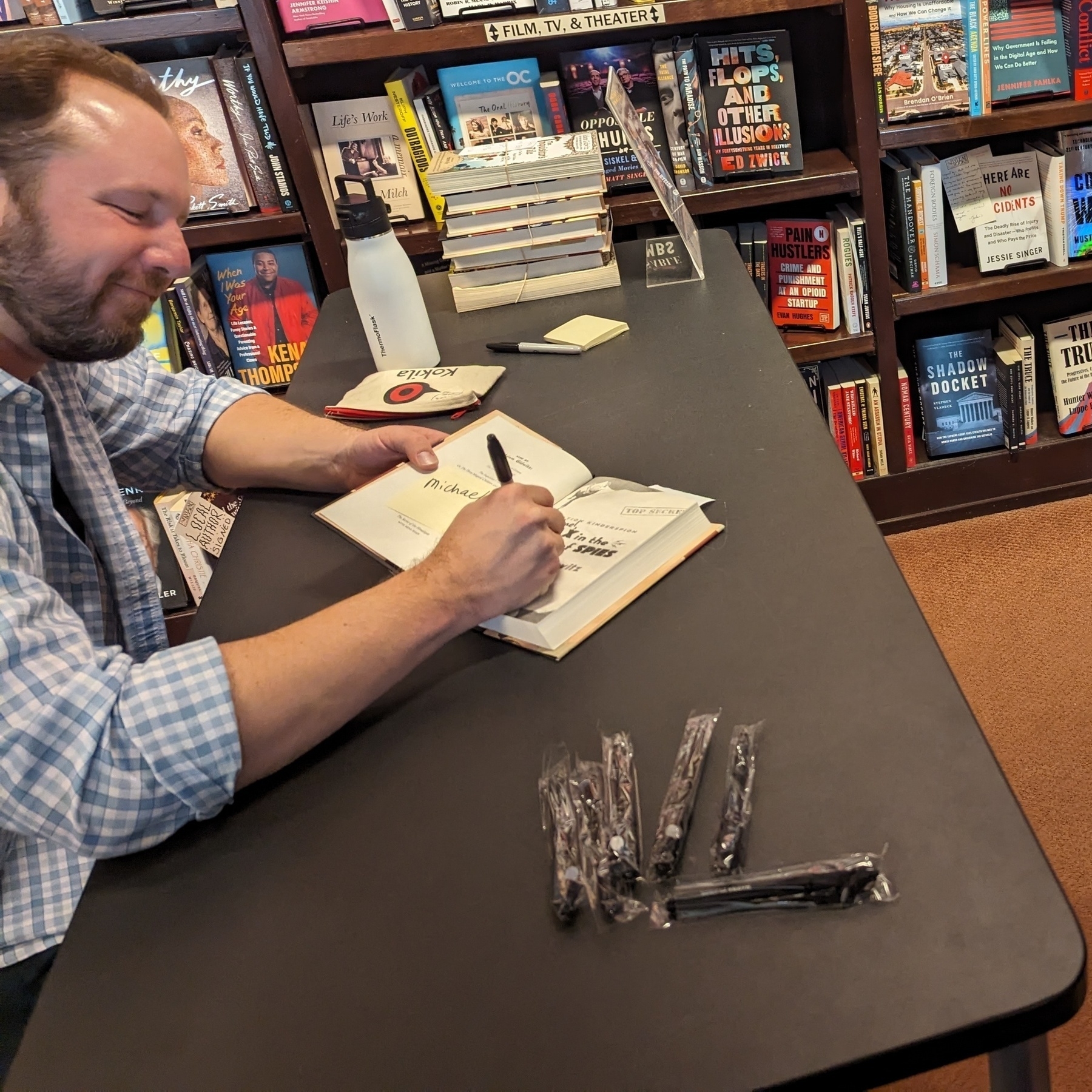Lars-Christian noted that month notes work better than week notes for him due to the cadence of his life, and I think this will be true for me, too. So! I’ll be trying month notes for a little while and reevaluate if they start to feel off.
Early this month was rough, as both M and W had pinkeye. I had respiratory symptoms and felt quite miserable but managed to dodge the accompanying eye infection.
We booked a beach condo for a week vacation this year. For almost 20 years, W and I, and then M when he came along, have spent a week at a beach condo owned by W’s bonus mom Cindy and her sister. When Cindy died, W’s dad inherited her part of the condo. But he hates the beach and Cindy’s sister didn’t go down there much, and the property taxes, bills, and maintenance for the space were very expensive. So they decided to sell it, which meant we needed to find a new place to stay for our beach week.
We had hoped to go with another family and get a big house but that didn’t work out, so we found a condo at a beach a little closer to our home than the old one and have a contract to rent it for a week in June. We’ll see how it goes.
I started doing Leonie Dawson’s 40 Days to a Finished Book course. (If you buy the course through that link, I will receive a commission.) I’m writing a little booklet about how to be a better player in tabletop role-playing games, because there’s a lot of advice out there for game masters but only a little for players. I set a target of 10,000 words total. This means I have a very manageable daily goal of 250 words, which so far I’ve been able to for 20 days. When I hit 5000 words early, I worried I didn’t have anything left to say on the topic. I decided to just freewrite the other 5000 words and try to make it all make sense when I’m done. I can write 250 words in 5 or 10 minutes, so this is a really doable practice that I hope to keep up even after the 40 days are over.
On Valentine’s Day, W and I had an early dinner and coffee together. We began answering The Good Trade’s 99 Questions To Ask Your Partner To Get To Know Them Better. The questions are clearly written for young couples who haven’t been together very long, not couples who have been married for 15 years and together for 25. But they were still fun to answer.
One of M’s school mates from kindergarten and preschool had a maritime-themed birthday party at a local park and that was super fun as well as being an opportunity to catch up with some of those kids’ parents whom I haven’t seen in a while.
W and I saw Fat Ham at Playmakers Repertory Company. It was super fun with a stellar cast. We also went to Clue the Movie at the [Retro Film Series[(https://carolinatheatre.org/series/retro-film-series/), which is always a delight.
I had an eye exam. I learned that my eyesight has only gotten a little worse over the past year. I ordered new glasses that look almost exactly like my old ones except they have a narrower frame width so they should fit better, plus some fun prescription sunglasses.
I played Super Mario Bros 1 through 3 and started Ocarina of Time. W and I have been watching Home Economics and it’s a delight, but it makes me wonder how much TV writers know about how publishing works. I’ve been tearing my way through the Immortals After Dark series at a pace of two books a week and listening to the accompanying episodes of the [Fated Mates[(https://fatedmates.net/) podcast, plus hanging out in the Fated Mates Discord a lot.
I’m almost done organizing our pantry. I’m planning to eat down what we’ve got in the pantry, fridge, and freezer, and then try eating from the Real Easy Weekdays plan.
I think that’s about it for me for February. What have you been up to?

